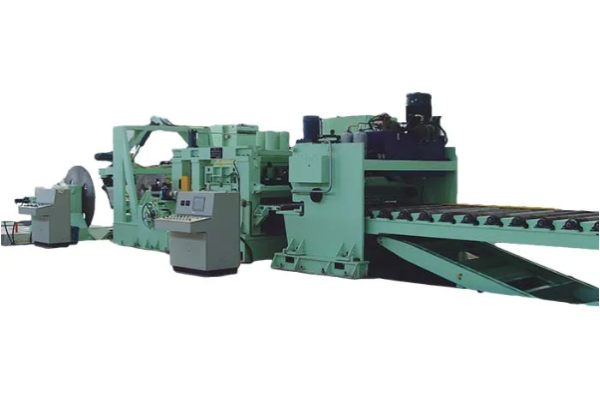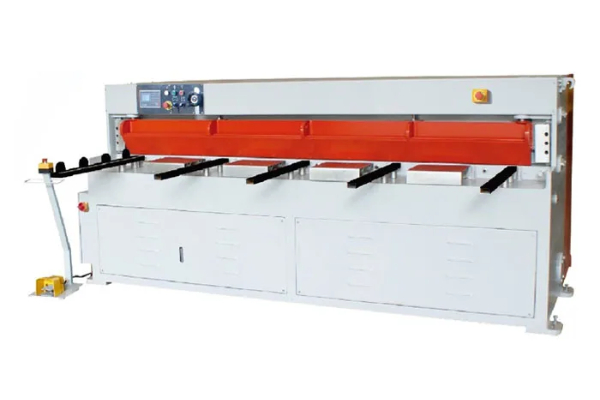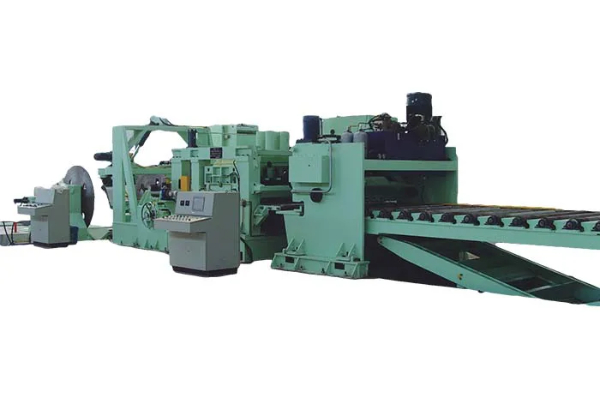
Sustainability Benefits of Laser Cutting in Iron Fabrication
- By:Metmac
- 2024-07-10
- 149
Laser cutting is a precise and versatile manufacturing technique that offers numerous benefits over traditional cutting methods, including sustainability benefits. Laser cutting in iron fabrication has significantly reduced environmental impact and promoted efficient material utilization, making it a sustainable manufacturing option.
Energy Efficiency
Laser cutting employs a highly focused laser beam, which minimizes energy consumption compared to other cutting methods. The laser beam melts and vaporizes the material locally, eliminating the need for additional heating or cooling processes. This concentrated energy transfer reduces energy waste and carbon footprint.
Reduced Material Waste
Traditional cutting methods, such as sawing or punching, generate significant material waste due to the physical deformation of the material during the cutting process. Laser cutting utilizes a non-contact cutting method, which minimizes material deformation and produces cleaner, more precise cuts. This precision reduces material waste and optimizes material utilization, promoting sustainability.
Environmental Friendliness
Laser cutting does not generate hazardous gases, fumes, or dust as a by-product of the cutting process. The laser beam vaporizes the material cleanly, leaving no harmful emissions. This environmentally friendly operation eliminates the need for additional pollution control systems and minimizes the environmental impact of manufacturing.
Recyclability
The laser cutting process generates little to no scrap material, as the material is vaporized and dispersed during cutting. This reduces the amount of waste going to landfills. Additionally, laser cutting can be used to recycle metal scraps from previous projects, contributing to a circular economy and reducing resource depletion.
Precision and Quality
Laser cutting offers high precision and accuracy, reducing the need for rework or secondary operations. The precise cuts minimize material waste, as well as improve product quality and reliability. This reduces the environmental impact associated with unnecessary material consumption and remanufacturing.
Automation and Reduced Operations
Laser cutting is a highly automated process, which reduces human involvement and minimizes errors. The increased efficiency and accuracy reduce manufacturing time and energy consumption, further enhancing sustainability. By eliminating the need for manual labor and additional processes, laser cutting optimizes production and reduces the environmental footprint.
Conclusion
In conclusion, laser cutting in iron fabrication offers significant sustainability benefits. From energy efficiency and reduced material waste to environmental friendliness and automation, laser cutting promotes a more sustainable manufacturing process. By embracing this advanced cutting technology, manufacturers can minimize their environmental impact, optimize material utilization, and contribute to a more sustainable future.
-
Advanced Sheet Metal Rolling, Cutting, and Folding Machines for Efficient Fabrication
2025/10/22 -
High-Precision Sheet Metal Bending and Cutting Solutions for Modern Manufacturing
2025/10/22 -
High-Precision Solutions from Leading Sheet Metal Cutting Machine Manufacturers
2025/09/11 -
Reliable Sheet Metal Equipment for Sale to Support Precision Fabrication
2025/07/17
-
Advanced Sheet Metal Rolling, Laser Cutting, and Folding Machines for Precision Fabrication
2025/10/31 -
High-Performance Sheet Metal Bending and Cutting Machines for Modern Fabrication
2025/10/31 -
High-Quality Sheet Metal Equipment for Sale: Efficient Solutions for Modern Manufacturing
2025/10/31 -
High-Performance Sheet Metal Equipment for Sale: Forming and Shearing Solutions for Modern Fabrication
2025/10/22
-
A Guide to the Latest Innovations in Sheet Metal Folding Machines
2024/11/29 -
Key Features to Consider When Investing in a Sheet Metal Folding Machine
2024/11/28 -
Enhancing Precision with Advanced Sheet Metal Folding Machines
2024/11/27 -
How to Choose the Right Sheet Metal Folding Machine for Your Workshop
2024/11/26






